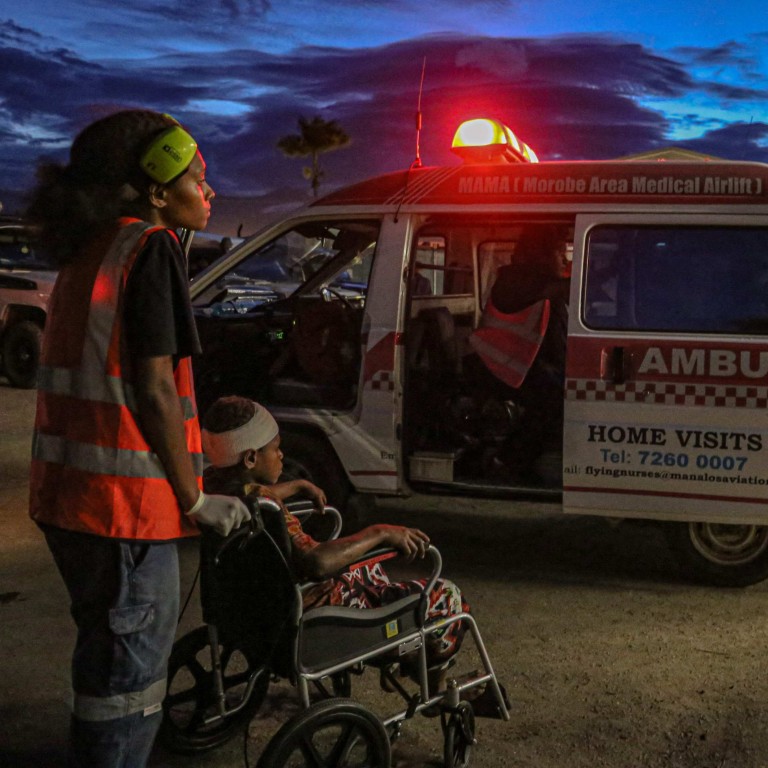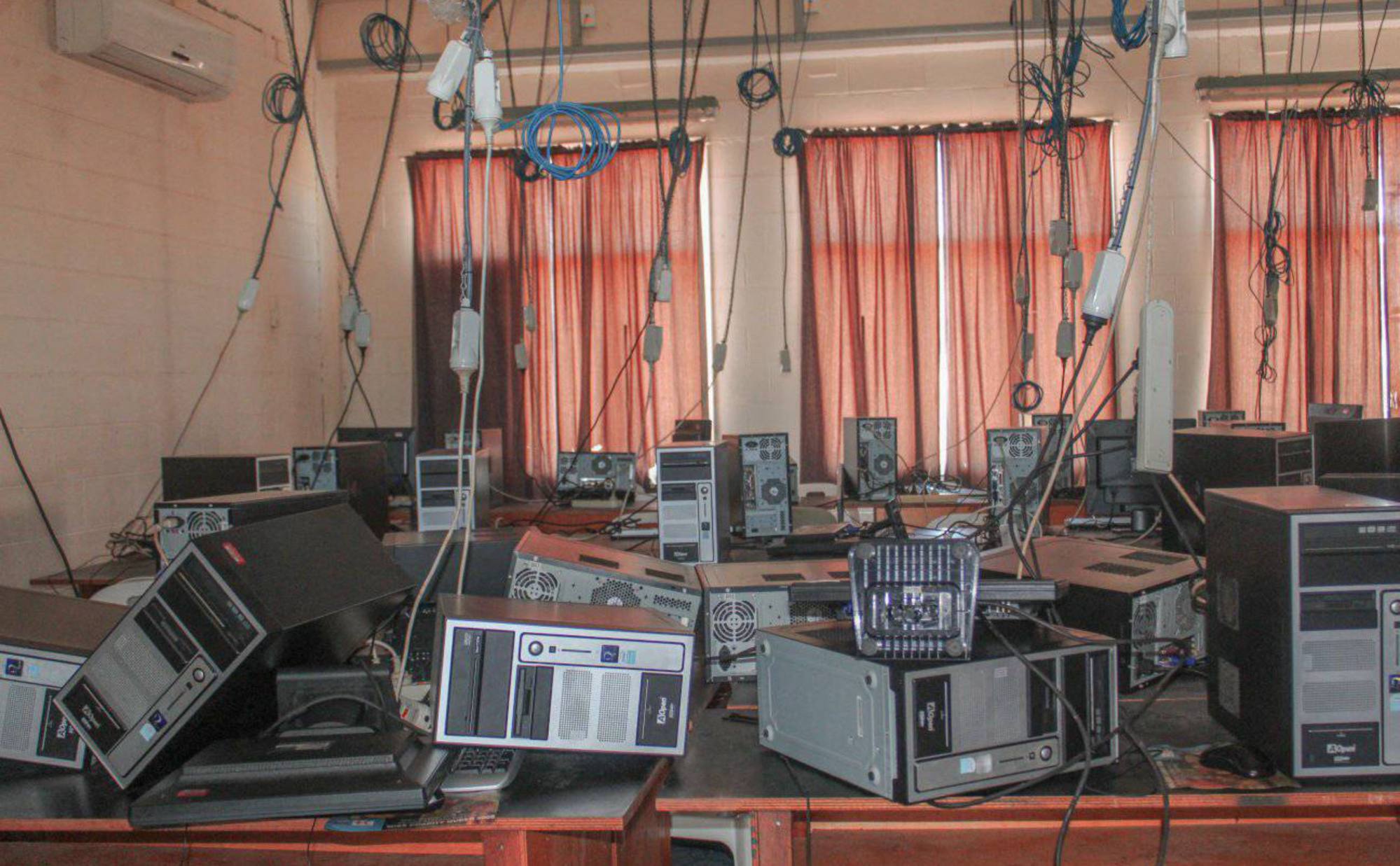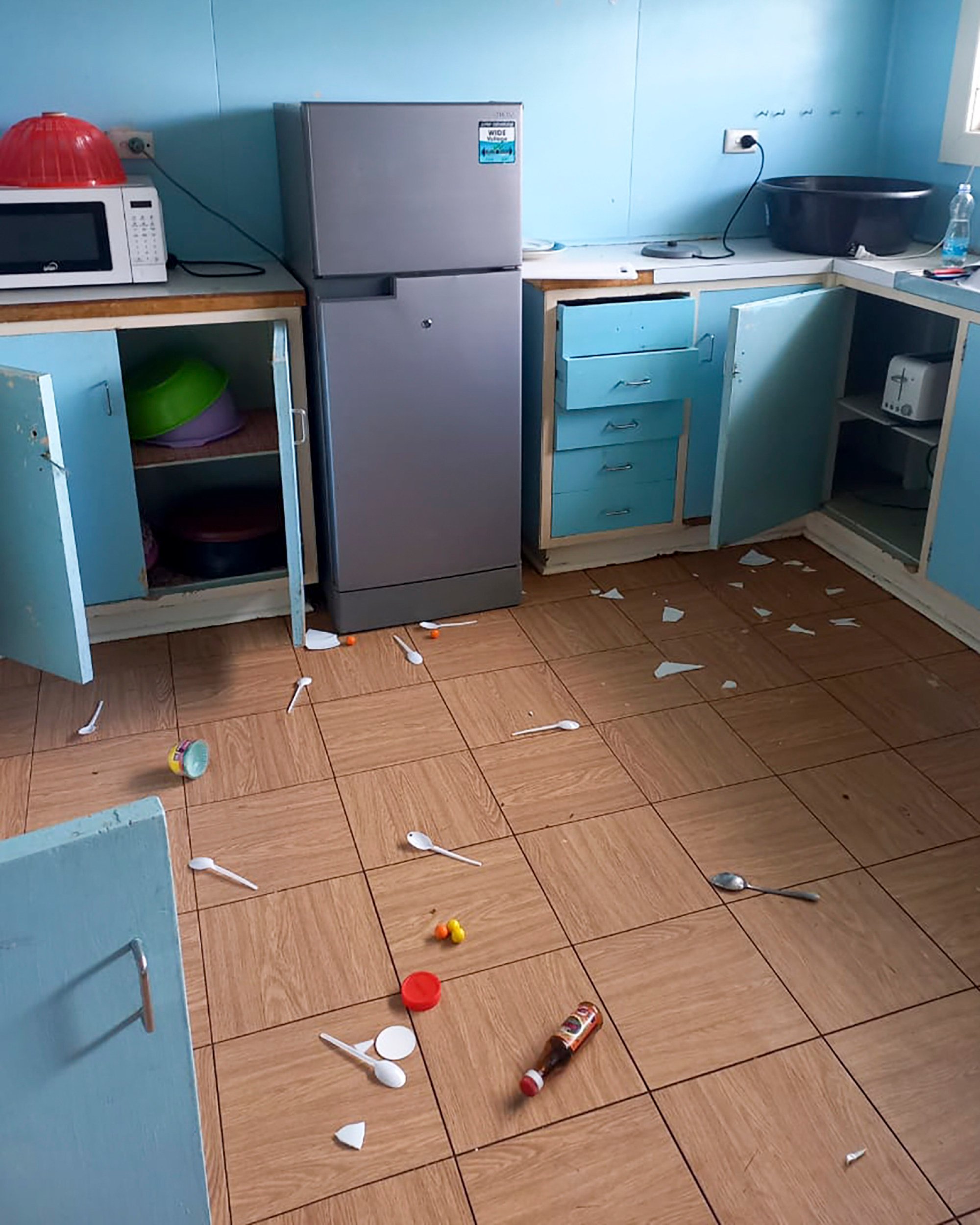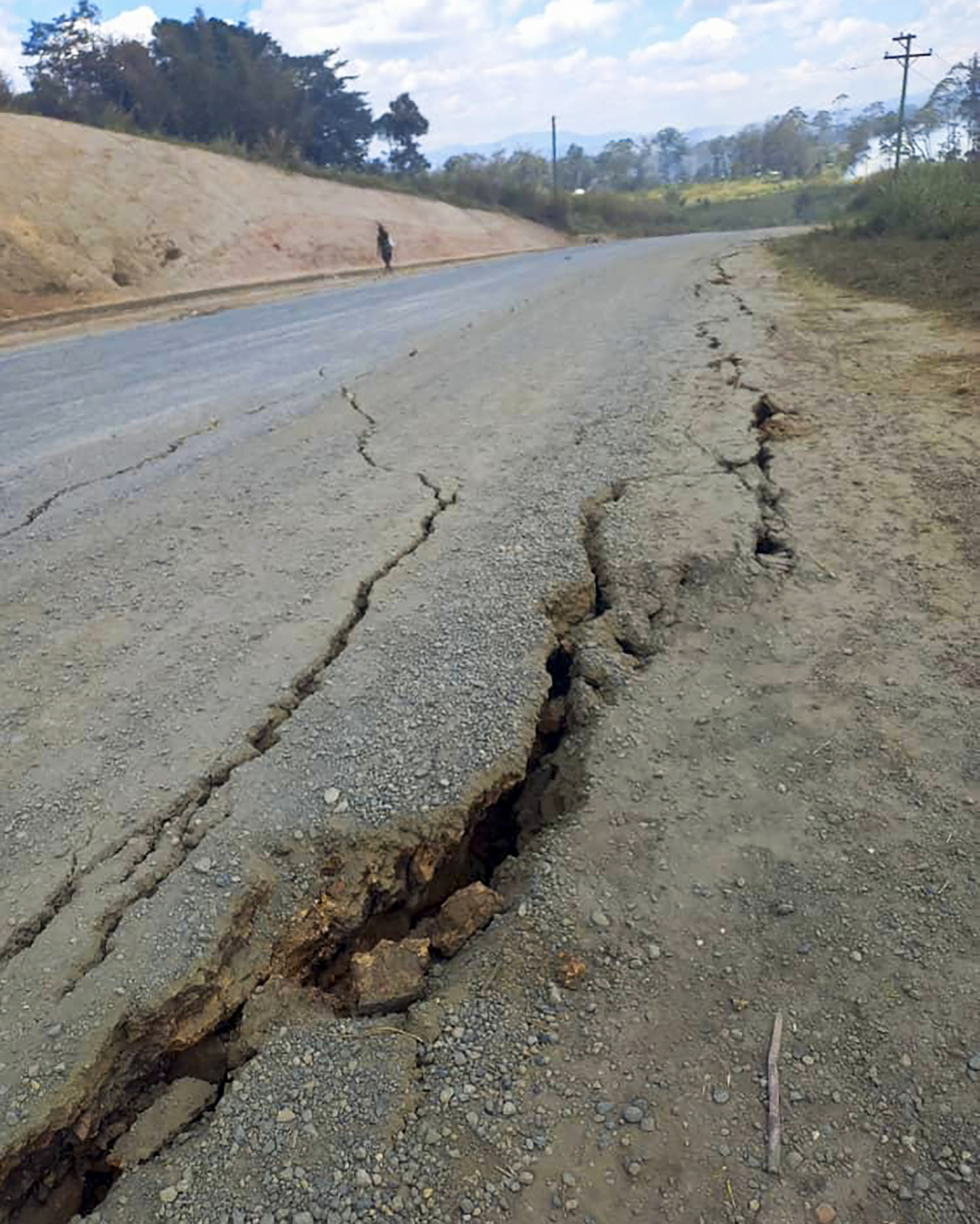
At least 3 dead in ‘massive’ Papua New Guinea quake
- According to the US Geological Survey, the quake hit at 9.46am local time. Initial readings put the quake at a depth of some 50km to 60km
- A magnitude 7.5 earthquake in 2018 in Papua New Guinea’s central region killed at least 125 people
At least three people died after a powerful earthquake hit a remote part of Papua New Guinea on Sunday morning, authorities said. Others were injured and infrastructure damaged in the magnitude 7.6 jolt that was felt across the Pacific country.

The three people died in a landslide in the gold-mining town of Wau, said Morobe Provincial Disaster Director Charley Masange. Other people had been injured from falling structures or debris, and there was damage to some health centres, homes, rural roads and highways, Masange said.
It could take some time to assess the full extent of the injuries and damage in the region, Masange said, adding the sparse and scattered population and lack of large buildings near the epicentre in the nation’s largely undeveloped highlands might have helped prevent a bigger disaster, given the earthquake was so strong.
Small aviation companies and missionary groups were involved in airlifting some of the injured across the rugged jungle landscape.
“It’s very difficult, the terrain, the weather. It’s challenging,” said Nellie Pumai of Manolos Aviation, which had transported one person out and was trying to return.

Renagi Ravu was meeting two colleagues at his home in Kainantu when the quake struck.
Ravu tried to stand up from his chair but could not maintain his balance and ended up in a kind of group hug with his colleagues, while plates and cups crashed from his shelves to the ground, he said. His children, aged nine and two, had their drinks and breakfast spill over.
Ravu, a geologist, said he tried to calm everybody as the shaking continued for more than a minute. Ravu said about 10,000 people live in and around his town, which is located 66km (41 miles) from the quake’s epicentre.
He said people were feeling rattled.
“It’s a common thing that earthquakes are felt here, but it usually doesn’t last as long and is not as violent as this one,” Ravu said. “It was quite intense.”

Ravu was sorting through the damage to his home, which he said likely included a broken sewer pipe judging from the smell. He said friends elsewhere in Kainantu had messaged him with descriptions of cracked roads, broken pipes and fallen debris, but had not described major building collapses or injuries.
“They are starting to clean up their houses and the streets,” he said. Communication seems to have been affected, he added, with some cell towers likely to have fallen.
A magnitude 7.5 earthquake in 2018 in the nation’s central region killed at least 125 people. That quake hit areas that are remote and undeveloped, and assessments about the scale of the damage and injuries were slow to filter out.
The nation’s leader, James Marape, said the quake was “massive” and told people to be cautious.
Felix Taranu, a seismologist at the Geophysical Observatory in the capital Port Moresby, said it was too early to know the full impact of Sunday’s earthquake, although its strength meant it “most likely caused considerable damage”.
According to the US Geological Survey, the quake hit at 9.46am local time at a depth of 90km. NOAA advised there was no tsunami threat for the region.

Papua New Guinea is located on the eastern half of the island of New Guinea, to the east of Indonesia and north of eastern Australia. It sits on the Pacific’s “Ring of Fire”, the arc of seismic faults around the Pacific Ocean where much of the world’s earthquakes and volcanic activity occurs.
The quake was felt as far as the capital Port Moresby about 480km away.
Earlier on Sunday, the US Geological Survey also reported two strong earthquakes in the remote Mentawai Islands off the western coast of the Indonesian island of Sumatra.
A 6.0-magnitude earthquake struck at a depth of 20km at about 6.10am local time, closely followed by a 5.7-magnitude quake at a shallower depth of 10km minutes later. There were no immediate reports of casualties or damage.


.png?itok=arIb17P0)